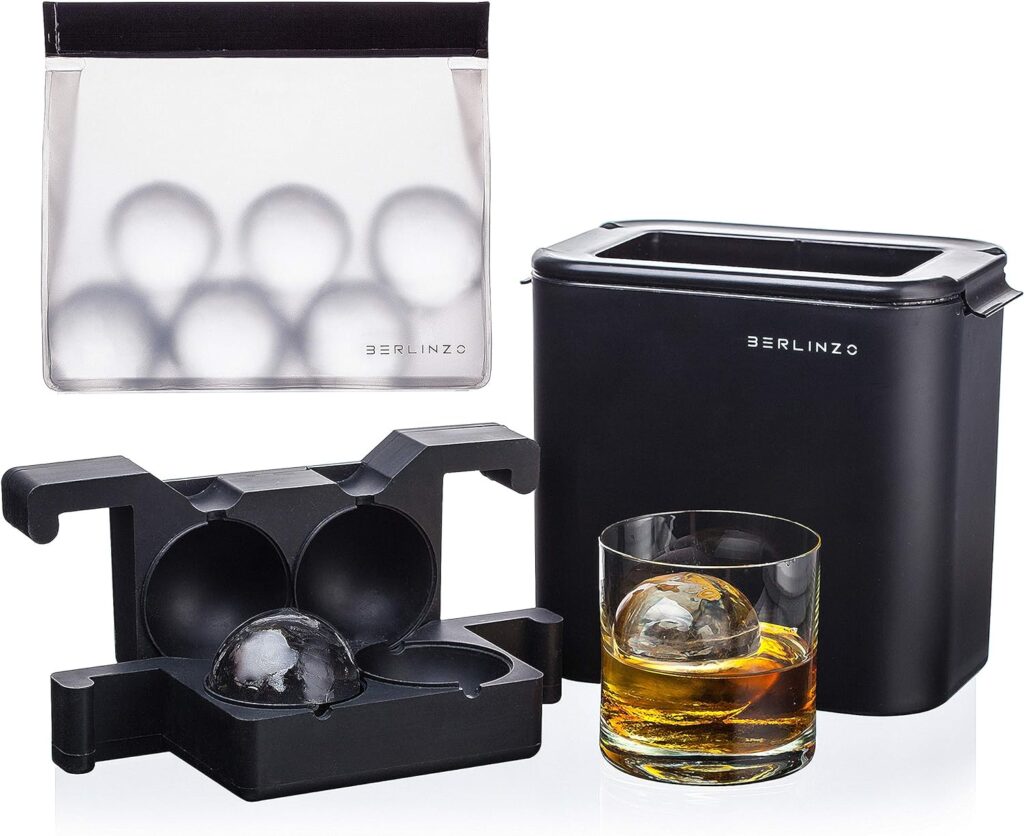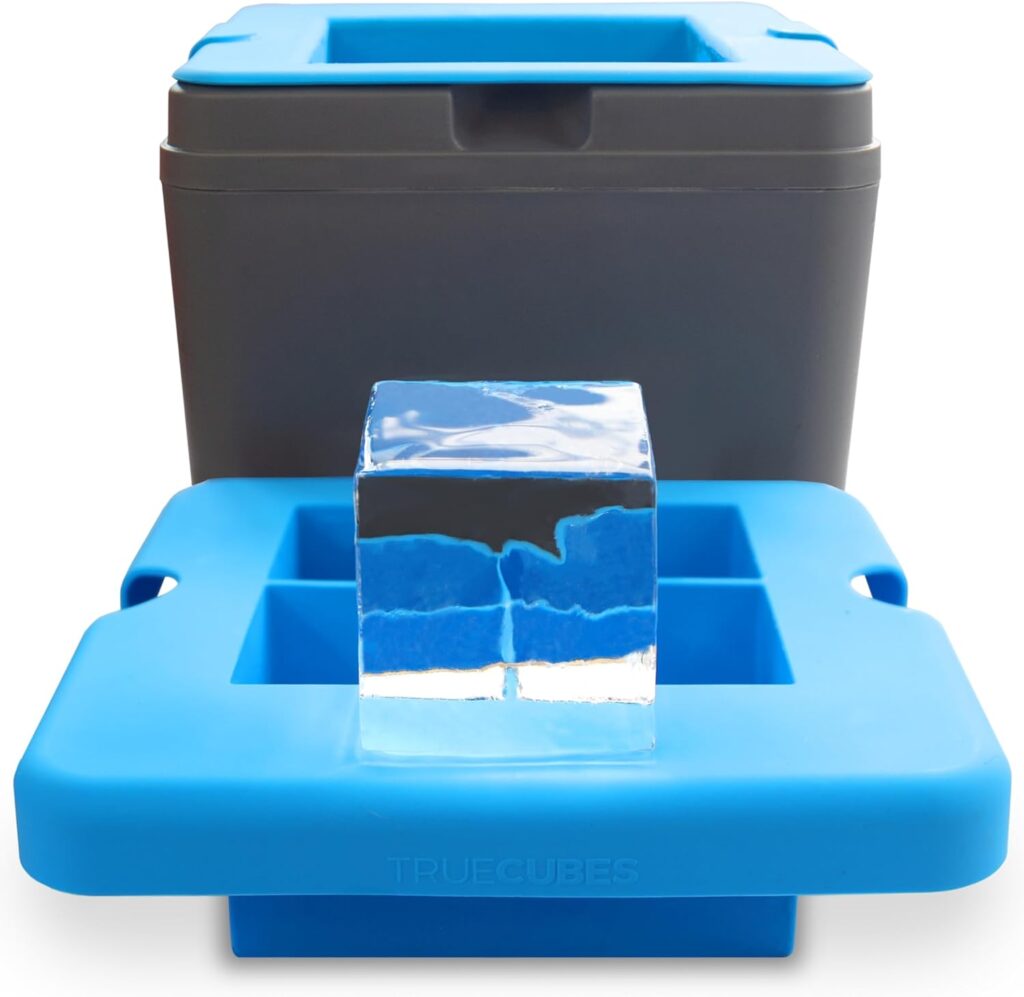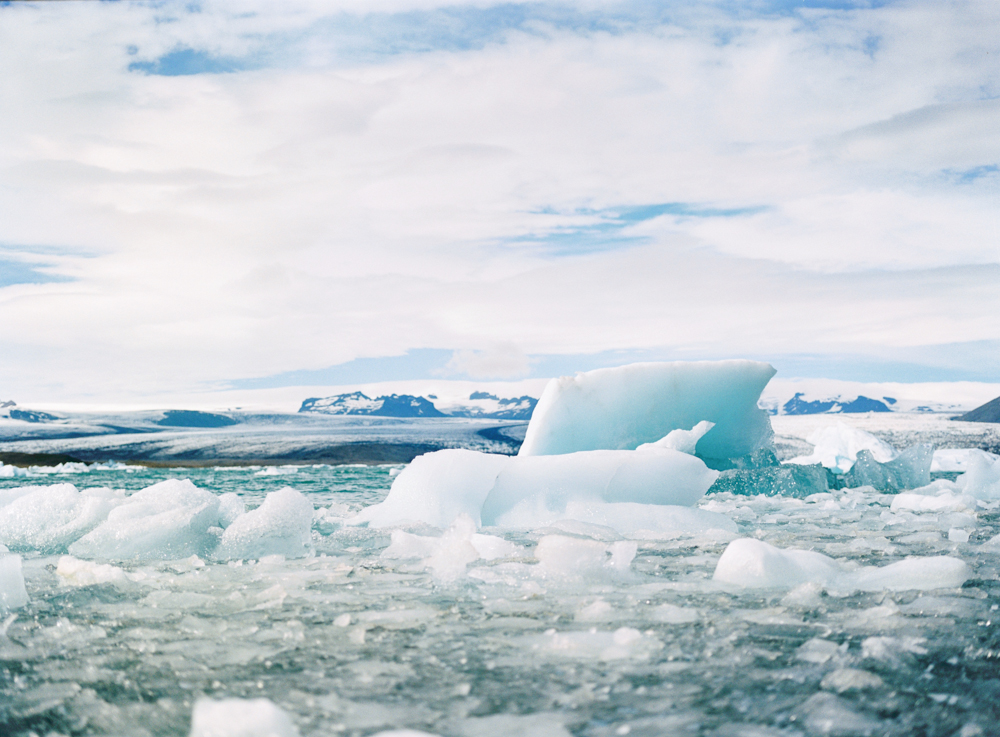
The first form of house old ice was giant ice blocks carved from lakes and ponds in the winter and stored in ice houses insulated with straw.
The Iceman would deliver these big blocks of ice for the “ice box” in your kitchen. My dad, till the day he died, always referred to the refrigerator as the ice box, as that is what he grew up with.
Then electric refrigerators came on the market. But before they had built-in ice makers or even bagged ice, there were ice cube trays which became the source for small pieces of ice to cool drinks.
The original ones were made of metal. A metal rectangular pan with an insert to divide the cubes. You’d fill it with water, put it in the freezer and hope no one knocked it over. Once frozen you would have to run some water on it to unfreeze it a bit, turn it over and ba the whole thing upside down on the counter top to get the cubes out.
Other metal designs had a lever. You’d still have to let it melt a bit or run it under water for a few seconds, then put the level and free the ice. This device would often cause the ice to shatter.
Later plastic trays of all sorts of designs came on the market. The benefit of plastic was the ability to twist the ice tray causing the ice cubes to pop out somewhat easily.
Today we have all kinds of fancy ice cube trays available. Take this one for example: https://amzn.to/49r1Xgk It can make clear, round ice spheres for cocktails.

If you like square clear ice cubes for cocktails, Scotch, whiskey or bourbon, there is an ice cube maker for that to – https://amzn.to/3IaCPhZ

How do clear ice makers work?
Unclear ice has air trapped in it. Ice freezes directionally. These clear ice makers are designed so that the ice freezes from the top down, pushing the air to the bottom of the container. Each cube shaped part has a hole at the bottom for the air to escape. The sides and bottom are insulated so that those areas freeze last.
You end up with clear ice at the top (in the silicone form) and not clear ice at the bottom of the container which is tossed out.
